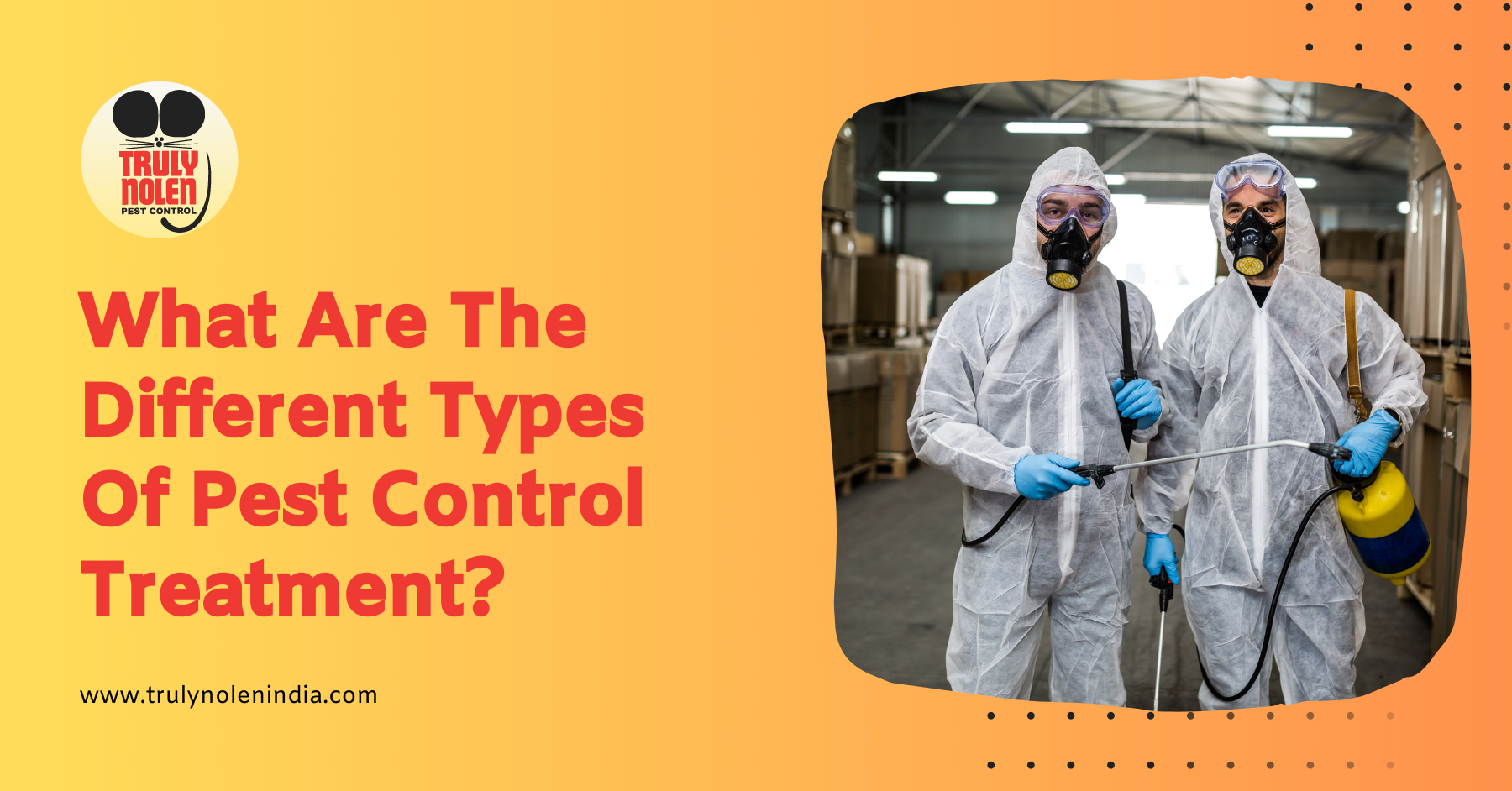The Only Guide for Pest Control
The Only Guide for Pest Control
Blog Article
6 Easy Facts About Pest Control Shown
Table of ContentsAbout Pest Control5 Simple Techniques For Pest ControlRumored Buzz on Pest ControlPest Control Can Be Fun For AnyoneThe Basic Principles Of Pest Control
Limitations of Chemical Management Be able to analyze pest troubles, establish if administration is necessary, and make appropriate referrals utilizing IPM techniques. Be familiar with various approaches of pest management - their advantages and restrictions.This chapter discusses (IPM), a method that makes use of understanding concerning parasites and their, methods, nonchemical methods, and pesticides to take care of bug issues. Added information concerning IPM for particular plants is consisted of in phases that focus on those plants. Nonchemical pest control procedures are emphasized in chapter 17, "Organic Gardening." Handling birds and creatures is covered in phase 20, "Wildlife." Handling in the yard and yard is covered in chapter 6, "Weeds." Insects in a yard or landscape might consist of pests and mites, weeds,, animals, and birds.
Bugs and weeds, nevertheless, play a role in the. After planting a yard or developing a yard, the natural procedure of plant sequence starts to restore and nonnative plants.
What we call "parasites" are component of an all-natural system at work. Only human beings take into consideration particular varieties insects when they occur where they are not wanted.
Pest Control Can Be Fun For Everyone
Pests prone to a chemical were rapidly eliminated, leaving resistant ones to breed and increase. It became clear that pesticides alone would certainly not solve all bug problems. Instead, overuse of chemicals caused the advancement of immune pests. Scientists started to develop a new technique to pest control. This brand-new method was called incorporated pest administration (IPM).
An IPM plan enables some level of parasites in the environment. Parasites are a lot less most likely to survive a program that makes use of several methods of reducing their populations. Integrated parasite management was first recommended by entomologists since pests were the initial group of parasites to confirm tough to take care of with chemicals alone.
pest and host properly. and take into consideration economic or visual injury. A threshold is the factor at which action should be taken. a treatment strategy making use of mechanical, cultural, organic, or chemical controls, or a combination of these techniques. success of therapies. IPM has actually expanded past pests to administration of all pest populaces: weeds, illness microorganisms, and creatures.
10 Easy Facts About Pest Control Shown
Monitoring instead than elimination of pests is the goal. An IPM strategy begins with a cautious examination of each parasite invasion.
Clover expanding in a grass might be deemed an undesirable weed, but as a vegetable it is manufacturing nitrogen for the soil and the flowers are offering nectar to honey bees and various other. Resistance for some weeds may be component of an IPM strategy. might be eating the fallen leaves of a plant, however when they are determined as the larvae of Eastern tiger swallowtail butterflies, their damage may be endured so we can delight in the beautiful butterfly.

The 2nd most essential tool in bug monitoring is early intervention. Reacting to troubles promptly, prior to they have time to increase, needs a less significant intervention.
The 45-Second Trick For Pest Control
Numerous risk-free, functional, nonchemical approaches of plant defense and parasite administration more might minimize or remove the requirement to spray. Other techniques are most advantageous when made use of with pesticides. To apply management practices appropriately and to minimize losses, garden enthusiasts should be aware of the kinds of pests that attack plants and recognize pest biology.

Conducting a soil examination and applying only the suggested quantity of plant food and lime makes best use of the advantage to the plant while lessening troubles related to excessive usage of plant food - Pest Control. Treatment the soil with numerous inches of compost secures the plant in several ways: decreasing soil water loss to dissipation, lessening weed competition, supplying nutrients, and producing a suitable setting for earthworms and microbes that keep the soil loosened for roots and break down organic material to launch nutrients
If mulch touches the trunk, it can develop a means for voles, bacteria, and fungi to attack the plant. Do not use manure or compost that has not completely broken down as a leading dressing since it can urge unfavorable insects. Study suggests that tilling the soil is damaging to soil framework.
Pest Control for Dummies
If tilling is regarded necessary, consider doing it in the fall when the life cycles of several insects brings them near the surface. At the surface area, pests come to be exposed to the click for more weather as well as birds and various other natural enemies.
Report this page